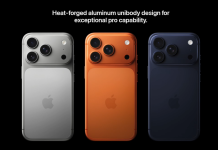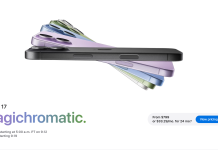Coating technology plays a crucial role in the pharmaceutical industry, particularly in tablet manufacturing. This process involves applying a thin layer of coating material to the surface of tablets, which serves various functional and aesthetic purposes.
Coating not only enhances the appearance of tablets but also improves their stability, safety, and patient compliance. This article explores the different types of coating technologies, their applications, and the benefits they bring to tablet manufacturing.
Types of Coating Technologies
There are several coating technologies used in tablet manufacturing, each with its unique characteristics and applications:
- Film Coating: This is the most common type of coating used in tablet manufacturing. A polymer-based solution is sprayed onto the tablet surface, forming a thin, flexible film. Film coating can be applied to both immediate-release and controlled-release formulations.
- Sugar Coating: This traditional method involves applying multiple layers of sugar syrup to the tablet, resulting in a sweet, glossy finish. Sugar-coated tablets are often more palatable, making them suitable for pediatric formulations.
- Enteric Coating: This specialized coating is designed to protect the tablet from stomach acid and ensure that it dissolves in the intestines. Enteric coatings are particularly beneficial for drugs that are sensitive to gastric conditions or that may cause irritation to the stomach lining.
- Sustained-Release Coating: This type of coating is used to control the release rate of the active pharmaceutical ingredient (API) over an extended period. Sustained-release coatings help maintain therapeutic drug levels in the bloodstream, improving patient compliance and reducing the frequency of dosing.
Applications in Tablet Manufacturing
Coating technology is applied in various aspects of tablet manufacturing, enhancing both the functionality and marketability of pharmaceutical products:
- Improved Stability: Coating protects tablets from environmental factors such as moisture, light, and oxygen, which can degrade the active ingredients. This protection helps extend the shelf life of the product and ensures that it remains effective until the expiration date.
- Masking Taste and Odor: Many active ingredients have unpleasant tastes or odors that can deter patients from taking their medication. Coating can effectively mask these undesirable characteristics, improving patient compliance, especially in pediatric and geriatric populations.
- Enhanced Aesthetics: Coated tablets often have a more appealing appearance, with a smooth and glossy finish. This aesthetic enhancement can positively influence consumer perception and increase the likelihood of purchase.
- Controlled Release: Coating technology allows for the development of controlled-release formulations, which can provide a steady release of the drug over an extended period. This feature is particularly beneficial for chronic conditions that require consistent medication levels.
- Targeted Delivery: Enteric coatings enable targeted drug delivery to specific areas of the gastrointestinal tract. This targeted approach can enhance the therapeutic effect of certain medications while minimizing side effects.
Conclusion
In conclusion, coating technology is an essential component of tablet manufacturing that offers numerous benefits, including improved stability, enhanced patient compliance, and targeted drug delivery.
The various coating methods, such as film coating, sugar coating, enteric coating, and sustained-release coating, provide pharmaceutical manufacturers with the flexibility to develop formulations that meet specific therapeutic needs.
As the demand for innovative and effective drug delivery systems continues to grow, coating technology will remain a vital aspect of tablet manufacturing, contributing to the overall success of pharmaceutical products in the market.
















